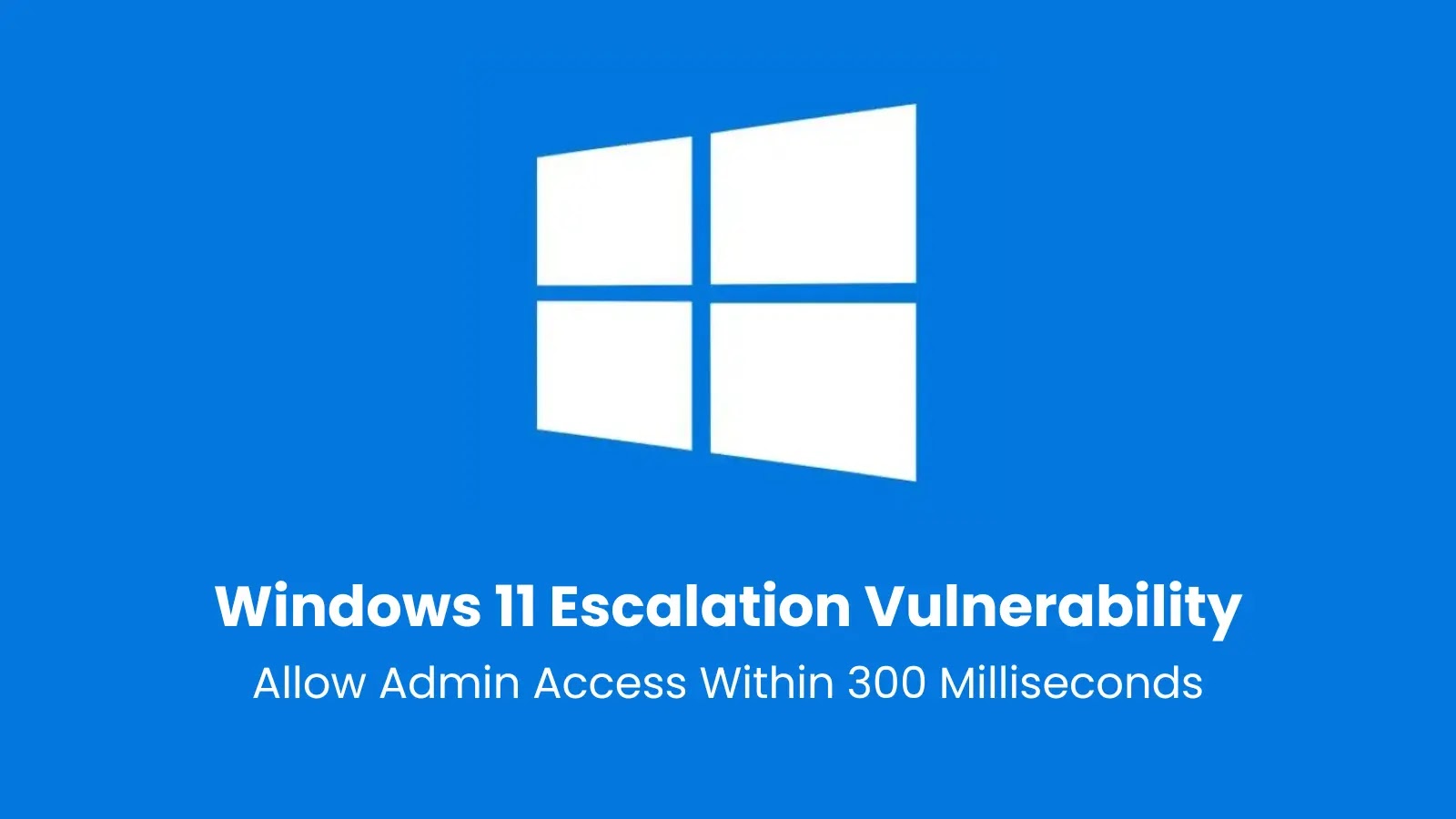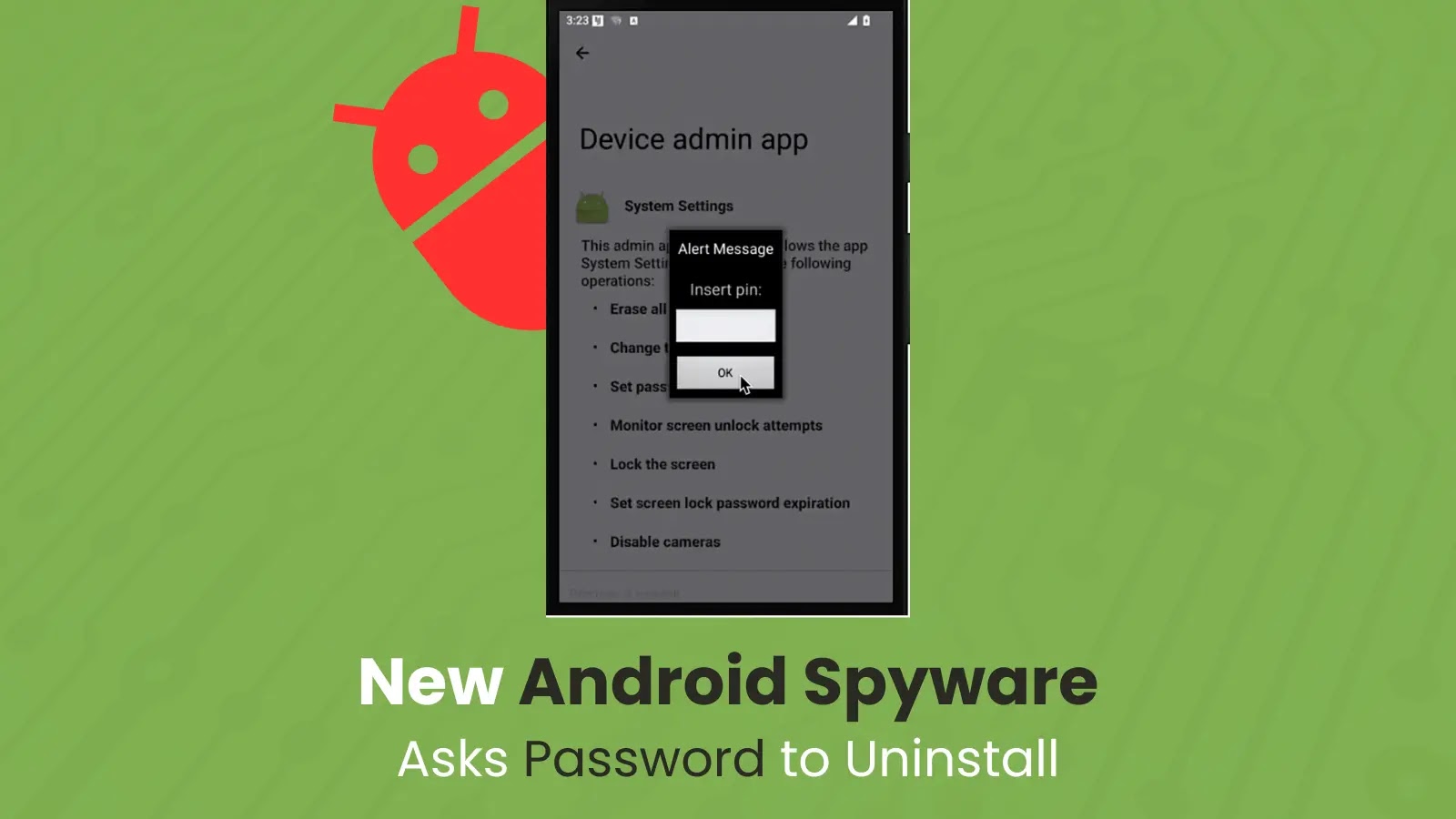In a groundbreaking revelation, researchers from KU Leuven and the University of Birmingham have unveiled a vulnerability named Battering RAM that undermines the security defenses of Intel and AMD cloud processors. This exploit leverages a cost-effective hardware device, priced at approximately $50, to infiltrate and manipulate protected memory regions, posing significant risks to cloud computing environments.
Understanding the Battering RAM Attack
The Battering RAM attack centers around a custom-built hardware component known as an interposer. This device is strategically placed between the CPU and the DRAM memory, allowing it to intercept and alter data transmissions. During system startup, the interposer operates transparently, passing all trust checks without detection. However, once activated, it can redirect protected memory addresses to locations under the attacker’s control. This manipulation enables unauthorized access to sensitive data, effectively bypassing existing security measures.
Implications for Intel and AMD Security Technologies
The Battering RAM exploit directly impacts Intel’s Software Guard Extensions (SGX) and AMD’s Secure Encrypted Virtualization with Secure Nested Paging (SEV-SNP). These technologies are designed to encrypt and protect data in memory, ensuring confidentiality even in shared cloud environments. By exploiting the Battering RAM vulnerability, attackers can gain arbitrary read and write access to these protected memory regions, compromising the integrity and confidentiality of sensitive information.
Technical Mechanism of the Attack
The attack is executed by inserting a low-cost DDR4 interposer into the memory path. This device utilizes analog switches to manipulate signals between the processor and memory. Once in place, the interposer can redirect physical addresses, granting unauthorized access to protected memory areas. On Intel platforms, this results in arbitrary read access to plaintext data within victim enclaves. On AMD systems, the attack can circumvent recent firmware mitigations, allowing the insertion of backdoors into virtual machines without detection.
Potential Attack Scenarios
While the Battering RAM attack requires physical access to the targeted system, the researchers highlight several plausible scenarios where this could occur:
– Insider Threats: Rogue employees within cloud service providers or data centers could exploit this vulnerability to access sensitive customer data.
– Supply Chain Attacks: Malicious actors could compromise hardware components during manufacturing or shipping, embedding interposers that activate post-deployment.
– Law Enforcement Interventions: Authorities with physical access to hardware could potentially use this method to extract data without the knowledge of the service provider or end-user.
Vendor Responses and Mitigation Challenges
Upon disclosure of the Battering RAM vulnerability, Intel and AMD acknowledged the findings but emphasized that physical attacks fall outside the scope of their current threat models. Intel noted that some of its Xeon processors include a feature named Total Memory Encryption – Multi-Key (TME-MK), which can provide additional protection against such attacks. The researchers confirmed that software or firmware updates cannot patch the vulnerability.
Broader Context of Hardware Vulnerabilities
The Battering RAM attack is part of a series of hardware vulnerabilities that have emerged in recent years, highlighting the challenges in securing modern processors. Notable examples include:
– Hertzbleed: A side-channel attack exploiting dynamic frequency scaling to reveal secret data.
– Spoiler: A vulnerability in Intel processors that enhances the efficiency of Rowhammer and other memory attacks.
– Retbleed: A speculative execution attack affecting both Intel and AMD processors, bypassing previous mitigations.
– Meltdown and Foreshadow: Vulnerabilities that exploit speculative execution to access sensitive data across various processors.
These incidents underscore the need for continuous vigilance and innovation in hardware security to protect against evolving threats.
Conclusion
The discovery of the Battering RAM attack serves as a stark reminder of the complexities involved in securing hardware against physical and side-channel attacks. As cloud computing continues to dominate the technological landscape, ensuring the integrity and confidentiality of data through robust hardware and software defenses remains paramount. Collaboration between hardware manufacturers, software developers, and security researchers is essential to develop and implement effective countermeasures against such vulnerabilities.



